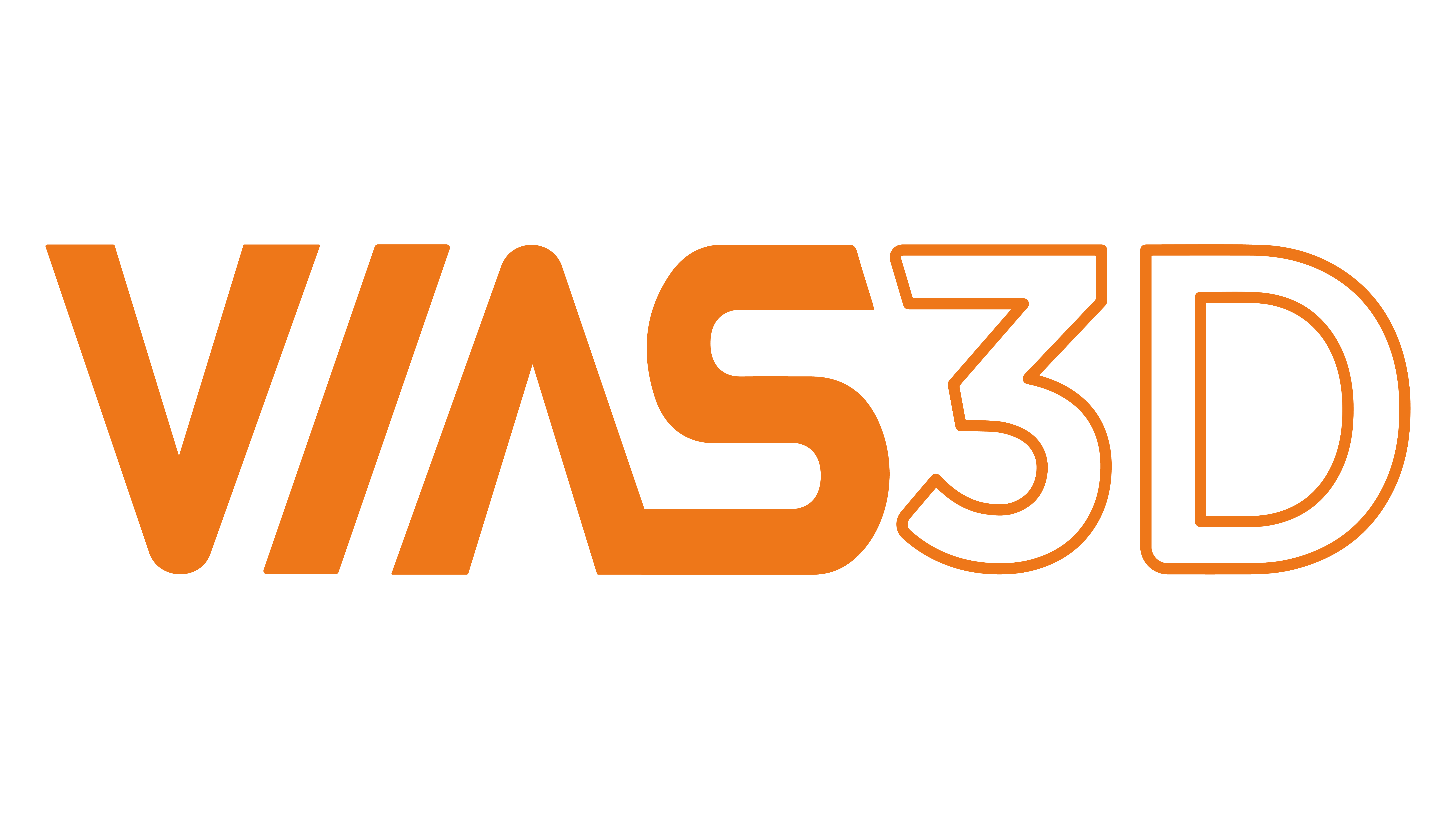An ounce of prevention is better than the cure. The objective of every company is to prevent the failure of equipment and assure its structural integrity. Even though design codes are used for manufacturing a component prolonged operation can result in deterioration. Should equipment be allowed to continue if deteriorated? How long before the equipment fails? Due to economic factors, life extension of the components is preferred but at the same time avoiding undue risks from failure.
In terms of economic challenge, Industrial Info Resources, a provider of industrial process and energy market intelligence, notes that “unexpected refining outages have soared in recent years, surpassing 2,000 incidences in 2019, quadruple 2015 levels.” A metric for the monetary impact can be seen in the overall liability to insurers for global refining and petrochemical incidents over the last three years that comes to more than $12.5 billion, according to global insurance broker Marsh/JLT. [1]
Most importantly, one must ensure safety for people and the environment. One way to do this is proactive inspection and mitigation. Both mitigation and life extension can be achieved by following the procedures given for fitness-for-service (FFS) in ASME FFS-1/API-579 within an integrity or risk reliability management framework.
Mihama Power Station accident (2004), pipe rupture in a paper mill in USA (1996), Wisconsin Utility Pipeline Rupture (1995), etc. could have all been avoided with the application of FFS on detection of metal loss.
FFS are engineering evaluations performed to demonstrate the structural integrity of an in-service component containing a flaw or damage. It provides an estimate of remaining strength of equipment in its current state, which may have degraded while in-service from its original condition. This evaluation can be used to make a run-repair-replace decision for the plant operation and also provides guidance for inspection interval.
Vias3D provides consulting services for FFS evaluations of in-service components. Utilizing best-in-class simulation solutions such as Abaqus and our experts who have years of industry experience and deep understanding of fundamentals of solid and fracture mechanics and numerical analysis, we help our clients address their needs during planned and unplanned shutdown or help alleviate their concern for safety. Apart from performing detailed analysis we also provide a professional-grade detailed report explaining clearly our analysis models and results. As a value add, we also help companies develop their FFS team through software sales and training.
Who we are: Vias3D delivers integrated engineering solutions using simulation-based design and analysis, data analytics, and material testing for a variety of industries including energy, process, utilities, and oil & gas. We bring to our clients dedicated, cost-effective, quick, and safer solutions with an experienced team of simulation experts and industry professionals. Vias3D also provides engineering design, root cause analysis, optimization, project management, operations support, and operations integrity assessment with a combined personnel experience of more than 100 years covering industrial equipment, boiler, and pressure vessel industry, offshore engineering, etc. Vias3D has relevant experience in thermo-mechanical analysis, finite element analysis (FEA) involving large material deformation and non-linearity (geometry, contact, plasticity). Vias3D is actively involved in various codes and standards, ASME (Section II, VII, III, XI), API, and others. Vias3D has workflow automation and GUI customization capabilities. It also provides knowledge transfer through customized training.
I would be happy to discuss your needs. Message me at [email protected] or connect at https://www.linkedin.com/in/arinc16/
Author: Arindam Chakraborty, PhD, PE (CA, TX), CTO at Vias3D
He is a mechanical engineer with more than 12 years of strong academic and consulting experience in solid mechanics and design, non-linear FEA, fatigue and fracture mechanics, reliability analysis, composite structures in Oil & Gas, Nuclear, and Structural Design. He holds degrees in Civil (E), Aerospace (MTech), and Mechanical (PhD). He has a strong background in project management, business development, strategy development, and technology development, with a strong focus on public safety regulations (BSEE, NRC). Dr. Chakraborty has strong technical knowledge and working skills in CAE techniques and widely known solutions like Abaqus. He has experience in automating complex engineering problems using codes in FORTRAN/C/C#/VBA/Java/Python GUI scripts. Dr. Chakraborty has more than 25 conference and journal publications, including invited talks at industry conferences and academia. He is closely involved with ASME and API Codes & Standards committees ad task groups. He also teaches Computational Mechanics at the University of Houston Subsea Engineering Program.






